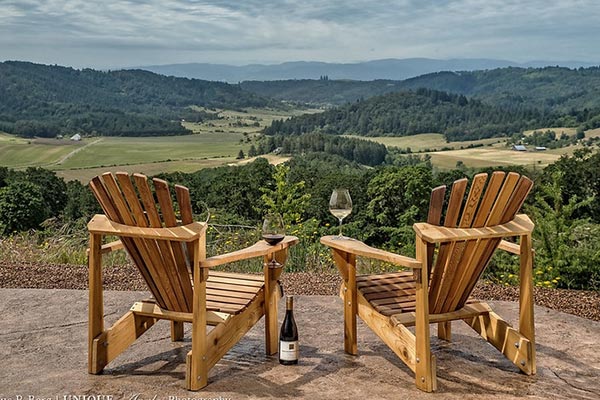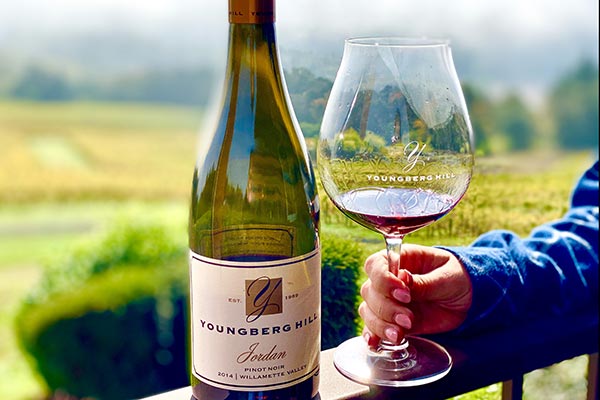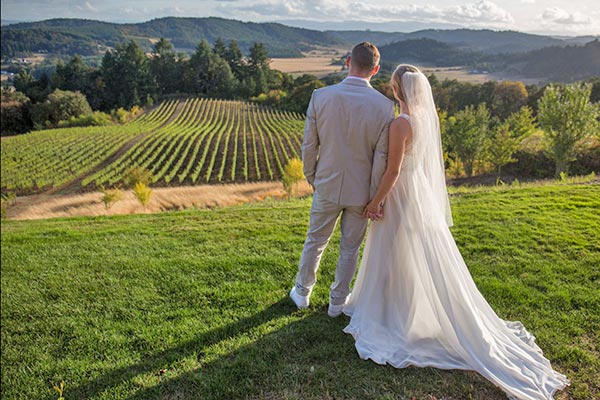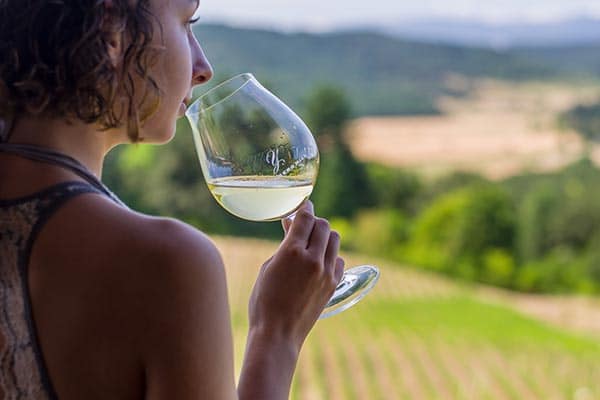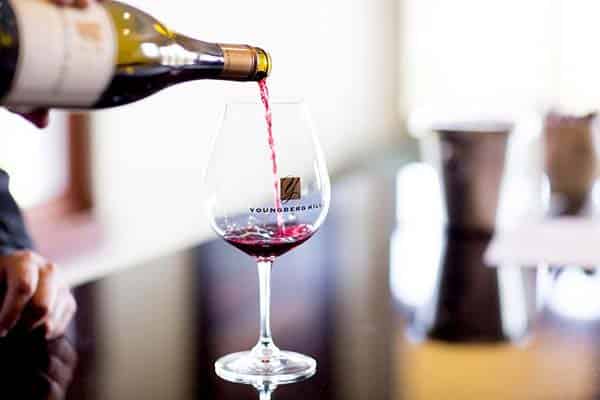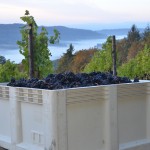 Many of us who make Pinot Noir in the Willamette Valley either learned our wine-making trade in Burgundy or aspire to make wines in a manner similar to Burgundy. What does that mean? It means using a light touch in the winery to let the wine reflect where the fruit was grown and what weather the fruit was grown in. This philosophy creates wines that will be very different across the valley and vary significantly from year to year.
Many of us who make Pinot Noir in the Willamette Valley either learned our wine-making trade in Burgundy or aspire to make wines in a manner similar to Burgundy. What does that mean? It means using a light touch in the winery to let the wine reflect where the fruit was grown and what weather the fruit was grown in. This philosophy creates wines that will be very different across the valley and vary significantly from year to year.
How is this done? We do this by doing as little as possible in the winery to change the natural characteristics coming from the fruit. An example of that is “crush”. While we all envision Lucy stomping on the grapes in that classic TV episode and in some regions with some varietals, we take great care in not “crushing the grapes before going into fermentation. Because Pinot Noir is a feminine grape with thin skins, it is important not to bruise the fruit, which will change the characteristics of the wine. We also take care not to make any adjustments to the wine like adding acid if it is a low acid year, adding sugar if it is a low sugar year, or adding water if it is a high sugar year. We use the saying “It is what it is”.
I often use the analogy of raising children to wine-making. If you try to make a rocket scientist out of a child with innate skills as a concert pianist, he probably wouldn’t be as good a rocket scientist as he would be a concert pianist. In the same way, if one tries to manipulate the wine to taste a certain way, it is most likely not going to be as good a wine as if it is left to reflect the fruit it is made from.
Finally, the wine will go into barrel, typically French white oak for our Pinot Noirs) for anywhere from 14 to 24 months depending on the vintage and the fruit. After barreling, we will bottle and hold for several months before releasing typically two years from the time it was harvested.





